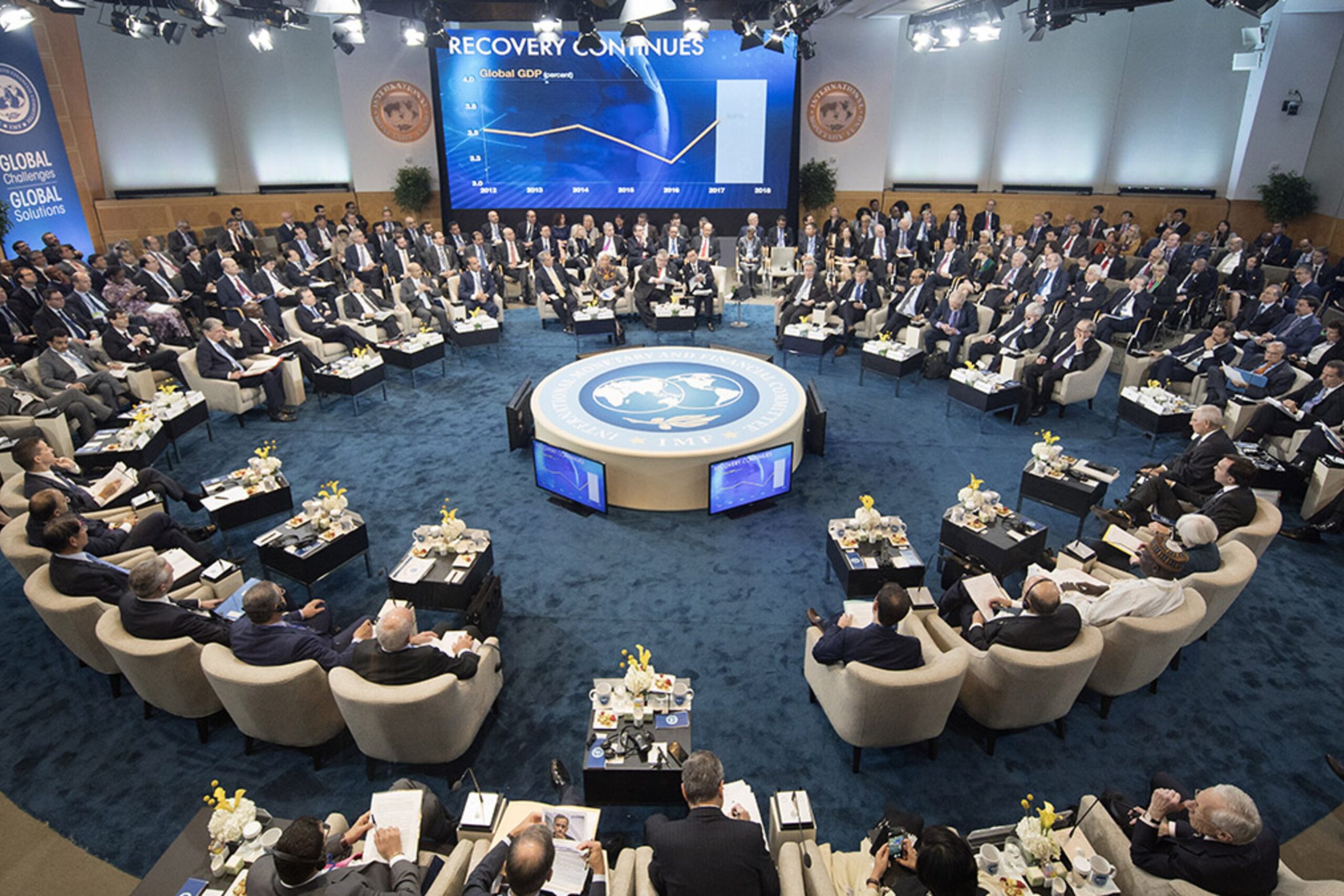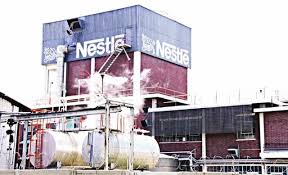Heavy industry needs to be revived
Zimbabwe’s present industrial base is largely anchored on the food processing industry, this sector having not only survived industrial meltdowns but expanded with some reasonable recapitalisation, a fair amount of it locally raised with some welcome external investment ensuring competition.
Someone has worked out that almost two-thirds of Zimbabwean industry is built around processing the raw agricultural materials into intermediate and final products, so the industrial sector is largely agro-processing and its downstream food industries.
The sector is viable largely because farmers can supply the necessary raw materials, mainly grain, milk and oil seeds, although the tinned food factories, diminished in size from their heyday, rely on legumes, vegetables and fruit but can suffer from intermittent supplies.
In bad drought years the millers need to import, which has been done, and the vegetable oil expressers, even in good years, still have to import up to half their requirements as seed or crude soya oil although the local supplies are growing in volume as sunflower is seen as a viable cash crop for small scale farmers, and the medium commercial farmers are building up the soya production. A growing revival of the cotton industry is pushing more cotton seed into the mix.
Milk production is rising each year and a return to self-sufficiency is in sight, although we need to remember that expanding the size of the dairy herd is not an instant process if only because you have to calculate in the biology of cows. You need a cow to have a calf, then that calf has to grow up and have its own calf before you have a new milking cow.
Two major companies are processing pork products, bacon, ham and polonies, and our climate does almost enforce factory production of these products, rather than the on-farm production that can be a larger factor in countries which have freezing winters and which was once the mainstay of ham and bacon production in such countries.
Several companies have now arisen that can process poultry, basically chickens, and supply frozen packs as well as feed the polony factories and petfood factories. While factory chickens are still there, a number of these businesses have adapted to land reform and use multiple small scale producers of the birds.
Factory level abattoirs for beef do exist, although the collapse of the old Cold Storage Commission means that there is no major central processing, and a lot of beef is sourced and sold at the butcher level, often chilled but without that major source of frozen carcasses that used to be the mainstay of the industry.
Downstream processing of food continues, sometimes connected to the millers as they look for products that can be sold as dry foods, such as breakfast cereals or biscuits, and sometimes as dedicated firms. Pasta manufacture has a growing base of competing products. Beer brewing is one of the oldest industries, and only imports hops, the special sorghum varieties and the barley for malting grown under contract by Zimbabwean farmers.
Tobacco processing is for the overwhelming bulk of the crop fairly limited. Significant value is added to the raw leaf delivered by contract farmers, and the small amount sold on auction, through precise grading, sorting out the required moisture content and quite often removing stems. But only a very small percentage goes onto the blending and cutting stages for smoking tobacco and cigarette manufacture; for some obscure reason pipe tobacco and cigars are no longer processed and made in Zimbabwe. Only a couple of very small concerns look at loose smoking tobacco for the roll-your-own market. Attempts to grow that market have retreated.
But two major industrial sectors, that once were built up in the years following the Second World War when very long-serving settler leader Godfrey Huggins, ennobled at the end of his career as the Viscount Malvern, had a change of heart. The settlers were not keen on industry because they did not want a white working class and were worried about a black working class. Huggins changed his mind and helped initiate textiles and metal bashing.
But this while pushed even harder during UDI was kept going after independence, there was little new investment needed for even maintenance, let alone upgrading, and eventually it crashed at the end of the 1990s with structural reform and the loss of protection and then with the collapse of Zisco.
The privatisation of the old and highly efficient Cotton Market Board was, in retrospect, a serious error that is now being gradually rectified as Cottco is being renationalised and at least one major private investor is moving forward. But we still are largely limited in processing to ginning, on a reduced cotton crop. The seed goes for local processing into cooking oil, but the fibre is largely exported. A modest quantity is retained for spinning locally, before export.
Weaving is restarting but the only part of the old David Whitehead that can be used is the trainable skilled labour. The obsolete machinery is long gone so the industry has to be rebuilt from scratch, and without that import control protection that made so much difference. Yet a flourishing textile industry would allow the viable holdouts in the garment industry, and again they have been hammered by imports, to regrow and the textiles would provide raw material for those thousands of independent tailors that proliferate in abandoned office buildings and in back rooms of houses.
We note that the downstream industries, garments and even garments for export, were more valuable that the actual textiles, but needed the textile industrial base to flourish.
Cement and now fertiliser concerns have been growing and expanding, so there is some largescale non-food industry, but it is limited.
Kwekwe grew fast as the metal bashing capital, fed by Zisco. While Zisco never had a rolling mill for sheet steel there were a group of companies, led by Lancashire Steel that eventually was bought out by Zisco, that processed steel billets from Zisco into a range of products. They have largely gone. There are still a number of small engineering companies around, using imported materials, and the small scale metal workers.
But a huge potential industrial base is not really there. This can now change with the commissioning of the Manhize steel works. Already billets and bar steel is being produced and the Tsingshan local subsidiary, Dinson Iron and Steel, has firm plans for rolling sheet steels as new phases are commissioned.
That provides the essential raw materials that can make downstream industries viable, and opens opportunities for the significant and growing group of Zimbabwean engineers to look at opening new downstream businesses and making money here, rather than packing their rather good degrees and emigrating.
Local investment has tended to contrite on food processing, banking and other financial services, and property development. Yet a decent slice of that investment potential now needs to be directed into the metal bashing industrial base that has been so seriously diminished.
Again we need to be careful about resuscitating old concerns. Colonial and UDI-era machinery is almost certain to be almost useless and worn out, and almost certainly obsolete and not incorporating modern technologies. But again there is still a pool of skilled, and unemployed, workers that can be tapped plus the large number of technically skilled younger people now being educated who at least are trainable.
Already Manhize products, the billets and bars, provide a source of raw material and with other products, including stainless steels, in a committed pipeline. There is also that new stainless steel factory planned for the Palm River special economic zone, as the next level from the present ferrochrome smelters.
Exporting stainless steel is a good value addition. Exporting stainless steel sinks and other products, and meeting local demand, would be even better, but it does need metal bashing factories and investment.
Opening banks and building shopping malls and cluster housing estates are valid destinations for our local investment money, but those pension funds and other sources of local investment now need to add on the factories and connect up with those skilled and experienced Zimbabwean engineers and technologists to build up the missing half of our industrial base.
Just as food processing was built on what our farmers grow, this missing half needs to build on what our miners dig up and on the intermediate materials that we are now finally once again producing, thanks to the huge external investment into mining and processing, including steelmaking. While a huge investment is needed for a steel mill, far more modest investment, and the sort of money we do have for investment, works with the engineering sector.-ebsinessweekl









